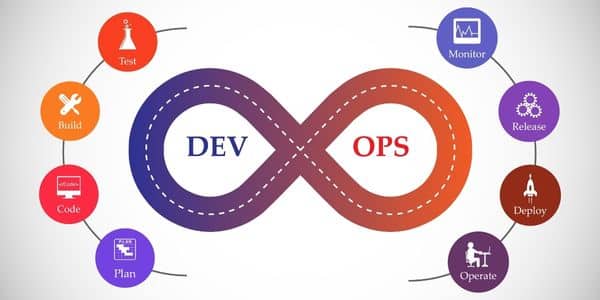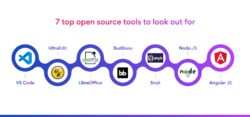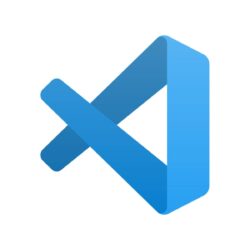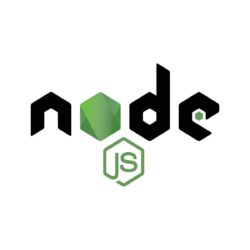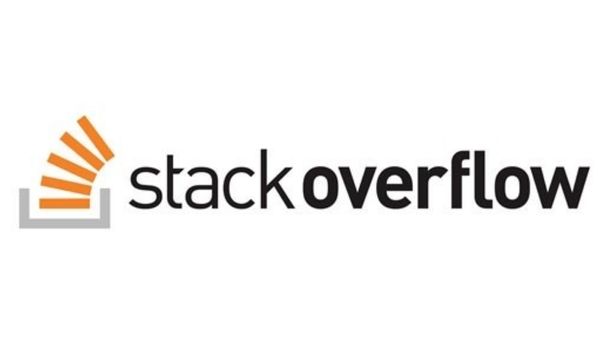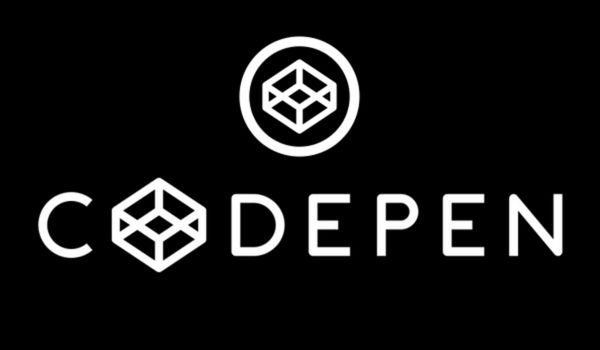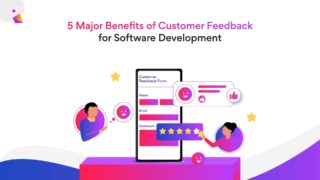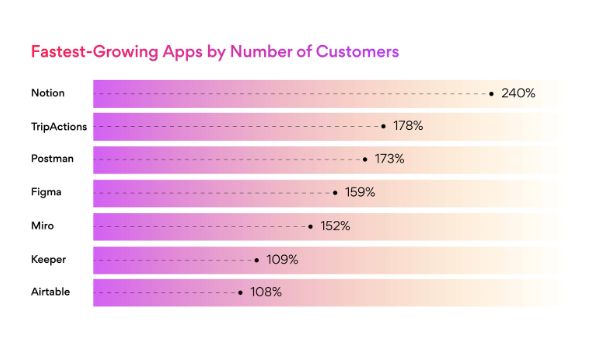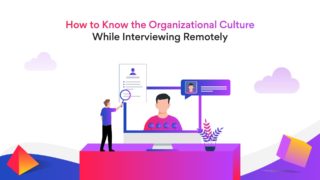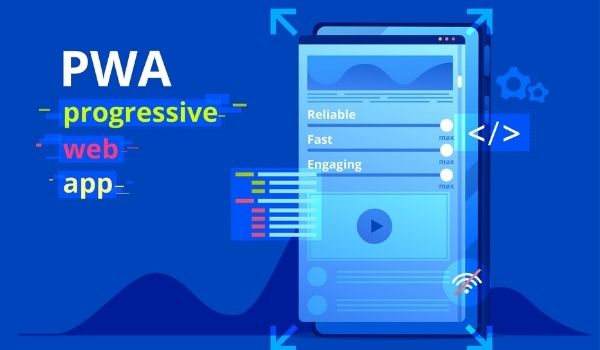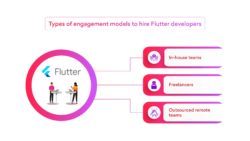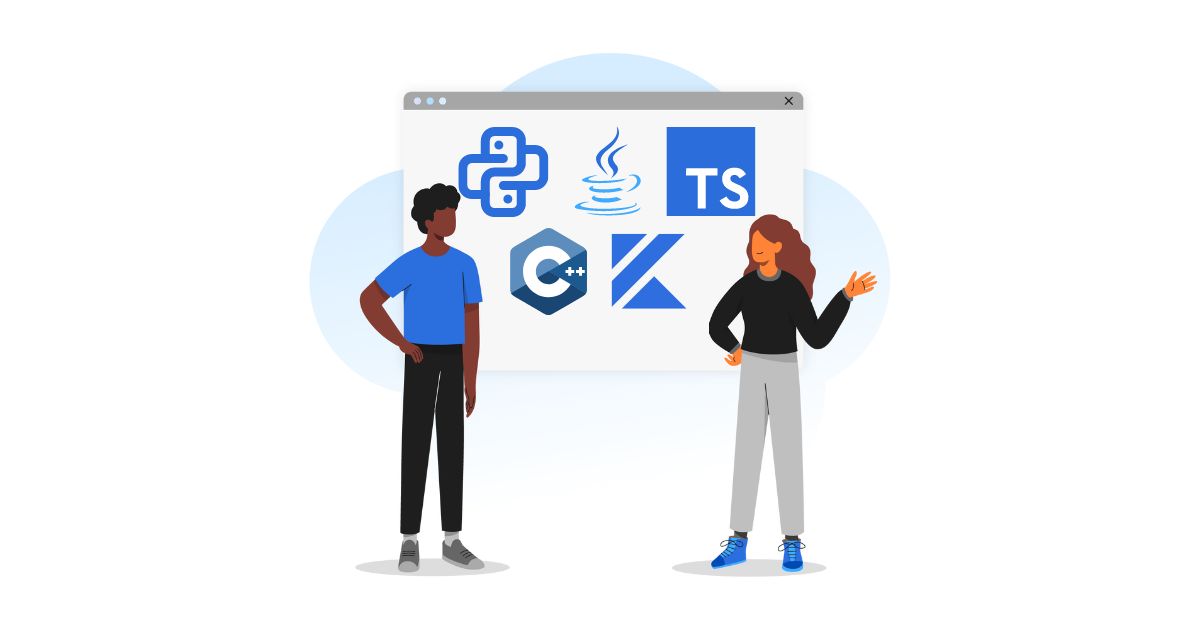
8 In-Demand Programming Languages You Can Learn in 2024!
What programming languages are in demand in 2024? Should I learn Java or Python in 2024? Let’s find out! Software developers are in huge demand today. According to the U.S. Bureau of Labor Statistics, the demand for software developers, including software engineers, will increase by 22 percent between 2022 and 2030 compared to four percent in other careers.
If you are looking to enhance your software developer skills for a promising future, then learning the most popular programming languages is very critical. Before we dive into the best programming languages to learn in 2024, here is a quick understanding of the levels and types of programming languages and the tools used to measure the popularity of the programming languages.
|
Table of content
|
Levels of programming languages
Each programming language has its own purpose, syntax, and keywords to create the instructions. The main levels of programming languages are:
Low-level languages
Low-level programming languages, machine code, or assembly-level languages provide low abstraction from a computer’s set of instructions. Programs written in low-level languages are non-portable and not readable by humans. Some low-level programming languages are Assembly, BASIC, FORTRAN, Cobol, and C.
High-level languages
High-level languages have robust in-built abstractions that make problem-solving simple. These languages produce bug-free programs. High-level language codes are independent of the computer type. These languages are user-friendly. What’s more, learning and maintaining such languages are easy. Some high-level programming languages are Java, PHP, C#, and Swift.
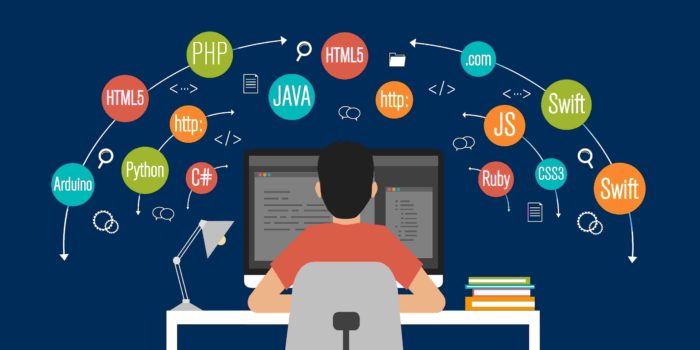
High-level Programming Languages
Types of programming languages
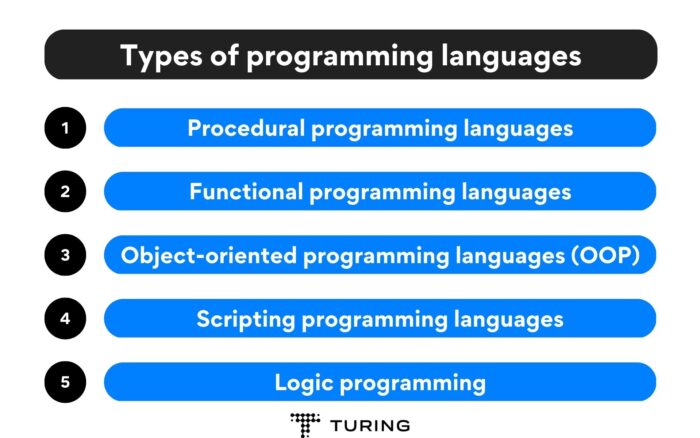
Types of programming languages
- Procedural programming languages
Procedural programming languages involve executing a sequence of instructions to solve a problem. These programming languages use multiple variables, heavy loops, and elements that segregate procedural programming languages from functional programming languages. Some examples of procedural programming languages are BASIC, FORTRAN, C, and Java. - Functional programming languages
A functional programming language uses mathematical functions to perform computations. The language focuses on what to solve rather than how to solve it. This programming language does not support controls like loop and conditional statements. Some examples of functional programming languages are Python, Haskell, Clojure, Erlang, and Lisp. - Object-oriented programming languages (OOP)
Object-oriented programming language structures the software into simple, reusable pieces of code blueprints. These code pieces are usually referred to as Classes. Classes create individual instances of objects. Object-oriented programming languages help wrap data and functions in a class. Some examples of OOP languages include Java, C++, Python, and JavaScript. - Scripting programming languages
Scripting programming languages use instructions for a run-time environment. These programming languages integrate and communicate with other programming languages. Web applications, multimedia, gaming applications, and system administration use scripting languages. Some examples of scripting programming languages include Python, Ruby, Node.js, Perl, and Bash. - Logic programming
Logic programming is based on formal logic. In logic, with available data, the execution of programming computation happens with logical inferences. Programs represented with logic programming are sentences in a logical form expressing facts and rules of a problem domain. Examples include Prolog, Answer set program (ASP), and Datalog.
Top indices to track the metrics of coding languages
Certain tools, such as indexes, help understand: Which is the most popular programming language? These indices analyze programming languages based on:
-
Ranking in search engines and social media platforms
-
Job advertisements mentioning the language
-
Open-source projects in the given language
-
Videos on the language
-
Students enrolled to learn the language.
Indices to track the metrics:
- PYPL Index
In the PYPL Popularity of Programming Language index, the metrics are based on Google Trends, reflecting the developers’ search patterns for a particular programming language’s tutorials.
The top four ranked coding languages by PYPL in 2022 are Python, Java, JavaScript, and C. - TIOBE Index
TIOBE Programming Community Index ranks the top languages based on the number of searches done in popular search engines like Google, YouTube, Bing, Wikipedia, Amazon, and more.
The top four languages with the highest ratings by TIOBE are Python, C, Java, and C++. - IEEE Spectrum
IEEE generates rankings combining 11 metrics from the top eight sources like Google, GitHub, Twitter, Stackoverflow, Reddit, Hacker News, Career Builder, and IEEE Xplore Digital Library. Searches are sorted on the basis of trending, job searches, and custom ranking.
The top four languages ranked by IEEE in 2021 are C, C++, Java, and JavaScript. - Stackoverflow Developer Surveys
Stackoverflow is an in-demand Q&A website for developers. The top four languages ranked by Stackoverflow in 2021 are JavaScript, HTML/ CSS, SQL, and Python.
What are the best languages to learn?
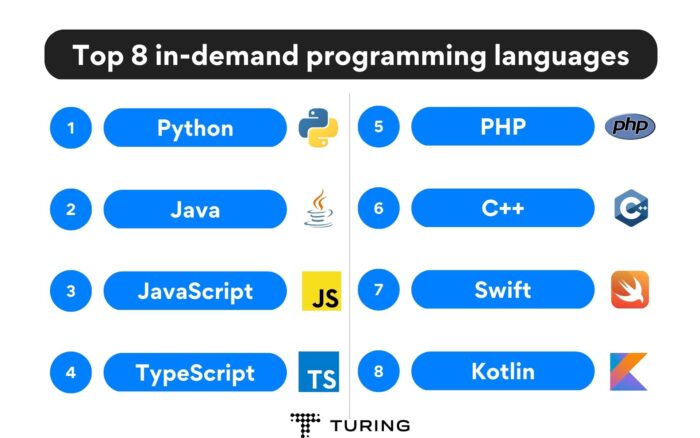
Top in-demand programming languages
After a basic understanding of the programming levels, types of programming languages, and indices to analyze their popularity, let’s dive into the best programming languages to learn in 2024.
- Python
For years, Python has remained the most popular programming language. Python’s popularity grew when big tech companies like Netflix, Facebook, and Khan Academy started using it as their major programming language.
Python can do several tasks, from simple scripting to advanced web applications and artificial intelligence. Google’s TensorFlow is a Python-friendly open-source machine learning platform.
Python is the best data science tool that makes machine learning easy and effective. Python job roles have the highest number of listings. Ten thousand on Glassdoor and about 14,000 on Indeed!
Related post: 8 Python Interview Questions Managers Ask Developers - Java
Java is one of the oldest and most widely used programming languages across the globe. Java is the top programming language for DevOps, virtual reality, big data, mobile chatbots, and continuous integration.
Android accounts for 85 percent of the mobile market share, with Java as the main programming language. Top companies like Airbnb, Google, Netflix, Instagram, Uber, Amazon, and Spotify use Java in their tech stacks.
Why Java is one of the best languages to learn for software development roles? Java is downloaded one billion times a year. It is the go-to programming language for 97 percent of enterprises, which is more than any other programming language. Java developers are in high demand, as most businesses want to build mobile applications for their products or services. - JavaScript
There are over 1.8 million websites worldwide, and more than 95 percent of these websites use JavaScript. JavaScript gave life to the browser experience by creating web pages with interactive elements. JavaScript allows users to set up dynamic and interactive content, animated graphics, and complex features on the website.
Top web browsers like Google Chrome and Apple Safari support JavaScript. Mobile and web apps are developed with JavaScript frameworks. Apart from apps and websites, web servers and backend infrastructure are developed with the JavaScript runtime environment, Node.js.
Related post: 6 Popular JavaScript Frameworks to Choose from in 2024 - TypeScript
Microsoft released TypeScript in 2012 as a “typed” version of JavaScript. TypeScript is a superset of JavaScript supporting JavaScript libraries and programs. Advanced features in TypeScript like type-checks provide quick validation and ensure that the codes typed are free of errors.
Typescript provides additional syntax to JavaScript to support better integration with an editor. According to the 2021 State of JS survey, 69 percent of survey respondents use TypeScript now compared to 21 percent six years ago. - PHP
PHP is a server-side general-purpose scripting language used for developing dynamic and interactive websites. PHP can be embedded into HTML and can help users write simple scripts with its advanced features.
PHP is one of the easiest languages to learn and use without much knowledge or experience in web development. Also, it is compatible with all the major platforms like MAC OS, Windows, and Linux.
According to the data of WS Techs, 78.9 percent of all websites with a known server-side programming language are using PHP. Out of ten, eight websites on the Internet use PHP in some way. - C++
C++ is an advanced version of the C language. Developers commonly use C++ to design simple applications for operating systems. Also, C++ helps develop powerful mobile applications.
C++ is widely used for game development, web development, machine learning, and data mining applications. With C++, the programs run faster than in any other programming language. - Swift
Developed by Apple, Swift is a quick, safe, interactive, and modern programming language. In the US, iOS leads the mobile operating system market share with 57.65 percent. These numbers prove that Swift is the dominant programming language for Apple products. - Kotlin
Kotlin is one of the favorite programming languages of Android developers, as it is easier to use than Java. Since it is interoperable with Java, developers can resume project work even from the middle. They don’t have to start coding from scratch.
According to a study, Kotlin is among the top three programming languages most businesses plan to migrate their apps to in 2022. Global tech companies like Google, Trello, NetFlix, and Amazon already use Kotlin. What’s more, Uber and Pinterest are migrating their apps from Java to Kotlin.
So, which is the best programming language to learn in 2024?
Whether you are an experienced developer or new to software development, learning the most in-demand programming languages will boost your career opportunities.
Check out the above indices that measure the language rankings, ratings, and popularity to determine which languages to learn to make the most of your software development career. Let us know in the comments which programming language would be your choice to learn in 2024.
Can I work remotely as a programmer?
Yes, you can! Top US companies are looking to hire remote developers. And so, skilled remote software developers are in demand today. With Turing, you can land high-growth and high-paying remote software jobs with top US companies from the comfort of your home.
Turing helps developers build careers, not gig jobs, by actively placing them with industry leaders doing cutting-edge work. Turing matches developers with opportunities aligned with their skills, career goals, and aspirations. Apply for jobs in React, Node, Python, Angular, Swift, React Native, Android, Java, Rails, Golang, DevOps, ML, Data Engineers, and more.
FAQs
- Which programming language is in demand in 2024?
The best in-demand programming languages to learn in 2024 are:- Python
- JavaScript
- PHP
- C++
- TypeScript
- Java
- Swift
- Kotlin
- Is Python worth learning in 2024?
Yes, Python is a programming language worth learning in 2024. Python is an easy-to-learn and versatile language that boosts the coding skills of developers. As per a Statista survey, 48.2 percent of developers worldwide use Python. - Should I learn Java or Python in 2024?
For beginners, Python is the best language to learn as it is easy to learn, straightforward, has simple syntax, and easy to navigate features. While Java is for advanced learners as it is a rigid language where extensive programs have to be written for simple calculations. - What is the highest-paying programming language?
Python, Java, Golang, Ruby, C++, C#, SQL, etc. are some of the highest-paying programming languages. - What is the hardest programming language?
Malbolge, LISP, Haskell, and Prolog - Is C++ worth learning in 2024?
C++ is an object-oriented programming language used in a variety of applications. Great performance, speed, efficiency, and accuracy make it a language worth learning in 2024.
Join a network of the world's best developers and get long-term remote software jobs with better compensation and career growth.











 Barbara Liskov invented many computer programming languages that are reliable, secure, and easy to use. She is a famous woman computer scientist who has contributed exceptionally to
Barbara Liskov invented many computer programming languages that are reliable, secure, and easy to use. She is a famous woman computer scientist who has contributed exceptionally to 









